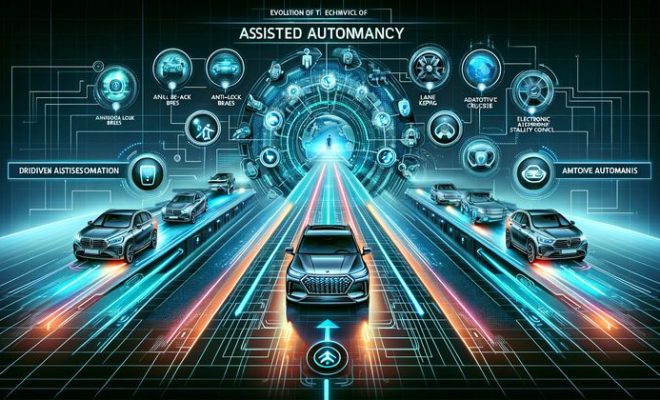OpenAI is shockingly good at unminifying code

In the ever-evolving world of artificial intelligence, OpenAI’s GPT-4 has emerged as a true marvel, particularly in its ability to unminify code. This capability is nothing short of revolutionary, offering a glimpse into the future of code comprehension and manipulation.
Code minification, the process of reducing code size by removing unnecessary characters, has long been a standard practice for optimizing web performance. However, working with minified code can be a nightmare for developers trying to debug or modify it. Enter GPT-4, OpenAI’s latest language model, which is turning this challenge on its head.
GPT-4’s prowess in unminifying code is truly mind-boggling. It can take a compressed, unreadable jumble of characters and transform it into clean, well-formatted, and easily understandable code. This isn’t just about adding spaces and line breaks; GPT-4 can intelligently reconstruct variable names, function structures, and even add helpful comments!
The implications of this capability are far-reaching. Developers can now easily work with third-party libraries or legacy code that has been minified. Security researchers can more efficiently analyze potentially malicious scripts. And in educational settings, students can learn from real-world, production-grade code that was previously inaccessible due to minification.
But perhaps the most exciting aspect is what this means for the future of AI in programming. If GPT-4 can unravel the complexities of minified code, what other coding challenges could it potentially solve? Could we be looking at an era where AI becomes an indispensable coding partner, enhancing human creativity and productivity?
As we stand in awe of GPT-4’s capabilities, one thing is clear: the landscape of code manipulation and understanding is changing dramatically. Whether you’re a seasoned developer or a coding enthusiast, it’s time to take notice and explore the possibilities that GPT-4 offers.




